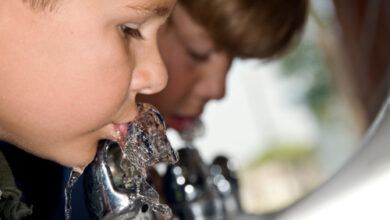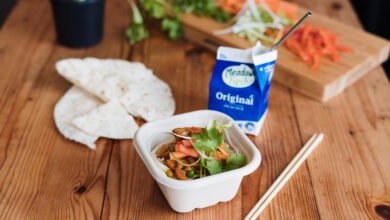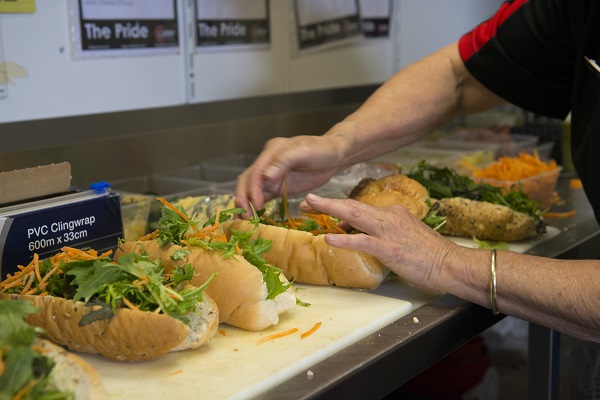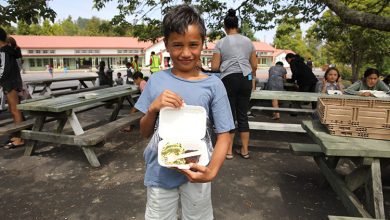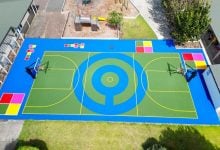How safe is your school’s water supply?
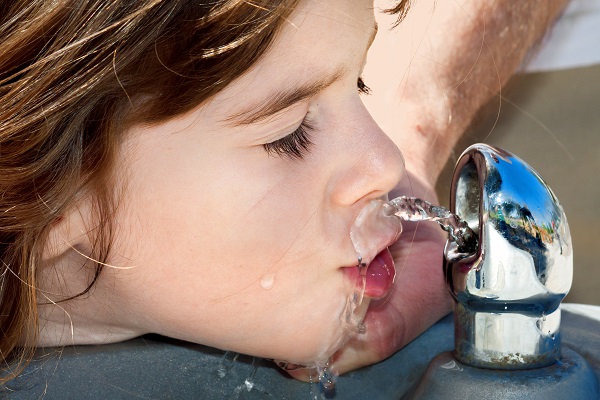
In New Zealand, we tend to take for granted our access to clean drinking water. But contamination does happen – and can have extremely serious consequences.
In August, some Dunedin schools had to close access to their water fountains after it was found that untreated “raw” water had entered the drinking water network. Water tankers were dispatched to George St Normal School and Logan Park High School until the drinking water network could be declared safe.
And in May, E. coli was found in the drinking water for two schools on Waiheke Island, Te Huruhi Primary School and Waiheke High School. Both schools draw water from the same bore, and Te Huruhi has an additional roof collection system. In the Waiheke case, staff and students escaped illness, but E. coli-related illness can be very serious for children and those with weaker immune systems. Symptoms include severe stomach cramps, diarrhoea, vomiting and fever.
Purified water from the school drinking fountain
Davey Water Products supply Microlene fountains to schools, purified drinking water accessible from either a free standing or wall mounted fountain.
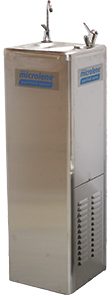
The Microlene system reduces the amount of unwanted contaminants in the water including chlorine, pesticides, sulphur, rust algae, odours, asbestos, aluminium, lead and also filters sediment and cysts such as Giardia and Cryptosporidium.
The water passes through a cartridge and emerges safe to drink and pleasant tasting. Both types of fountains can be adapted to also offer jug, bottle and glass filling platforms. There is even an octagonal drinking fountain.
The premium model also includes a KDF media layer to reduce the load on the activated carbon to give a working life of up to three years, unlike standard carbon filters that require replacement every three to six months.
Davey Water Products designs, builds and sells products for transfer, conservation, treatment and filtration.
In all cases, the schools concerned had to wait until three clear tests had been returned – about a week – before they could start using their regular supply again.
Clean, safe water must be provided at schools, especially for drinking. Schools are either on town water supply or ‘self-supplying’. In a self-supplying school, the school’s board of trustees (BOT) is responsible for ensuring that drinking water is safe. Specifically, this means ensuring that drinking water is freely available to staff and students, being vigilant in protecting everyone from drinking unsafe water, and taking adequate steps to prevent corrosion metals in drinking water. In town schools, the responsibility for provision of safe water lies with local authorities.
If your school’s water does become unsafe to drink, you are required to stop people drinking it, for example, by putting up notices saying ‘unfit for drinking’. You then need to take immediate steps to make the water safe. This may mean contacting your local council, or correcting the issue yourself if you are a self-supplying school.
If your entire water supply system breaks down, it becomes a priority one urgent, health and safety project, which can be paid for through your five year agreement funding.
How much water does your school need?
Most schools have drinking fountains, and the requirement is at least one bubble fountain (or similar) for every 60 students. All schools are required to store at least 20 days’ supply of drinking water at the rate of four litres per person, per day. The rate for normal use is at least 23 litres per person, per day.
Checking for corrosion metals
Some heavy metals get into water through metal pipes corroding. It builds up when water sits in the pipes overnight. Make sure all drinking taps are run briefly before the start of school. This is usually done by your caretaker.
Keeping roof water safe
Schools harvesting rain water from the roof can become contaminated by birds and animals as well as corrosive materials from flaking paint, for example. Ministry advice for keeping risk of contamination to a minimum includes:
- Cutting back trees from your roof
- Making sure your roof and guttering is clean
- Using lead-free materials
- Keeping your roof in good repair
Waterborne disease
According to the MOH, the most common illness associated with contaminated water supplies is gastroenteritis. This is usually caused by a virus, and symptoms include diarrhoea, vomiting and abdominal pain. Common viruses are rotavirus and adenovirus but there are many others. Because there are many viruses that cause it, a child can get gastroenteritis more than once.
Water for life, water for learning
As well as being an essential ingredient for good health, water makes a great topic for inquiry. In a programme run by Christchurch City Council, schools can visit a water pumping station to investigate the importance of valuing water as a precious resource. Students can compare water use around the world and view the various pump station components. At the end of the programme, students are given a range of problem solving and reinforcement activities, and can continue their learning at school with a water diary and maths challenge.
In Auckland, schools can visit Watercare for free, class-based lessons suitable for students in years one to eight. Younger students find out where their water comes from, how it is treated, and how it gets to their homes by participating in a drama activity where they become water drops and go on a journey. And older students can find out how much water it takes to fill a bath, wash their clothes and clean their dishes as well as how much water is used in Auckland on a daily basis.
\\\\\\\\\\\\\\\\\\\\\\\\\\\\\\\\\\\\\\\\\\\\\\\\\\\\\\\\\\\\\\\\\\\\\\\\\\\\\\\\\\\\\\\\\\\\\\\\\\\\\\\\\\\\\\\\\\\\\\\\\\\\\\\\\\\\\\\\\\\\\\\\\\\\\\\\\\\\\\\\\\\\\\\\\\\\\\\\\\\\\\\\\\\\\\\\\\\\\\\\\\\\\\\\\\\\\\\\\\\\\\\\\\\\\\\\\\\\\\\\\\\\\\\\\\\\\\\\\\\\\\\\\\\\\\\\\\\\\\\\\\\\\\\\\\\\\\\\\\\\\\\\\\\\\\\\\\\\\\\\\\\\\\\\\\\\\\\\\\\\\\\\\
\\\\\\\\\\\\\\\\\\\\\\\\\\\\\\\\\\\\\\\\\\\\\\\\\\\\\\\\\\\\\\\\\\\\\\\\\\\\\\\\\\\\\\\\\\\\\\\\\\\\\\\\\\\\\\\\\\\\\\\\\\\\\\\\\\\\\\\\\\\\\\\\\\\\\\\\\\\\\\\\\\\\\\\\\\\\\on of water.[/box]

